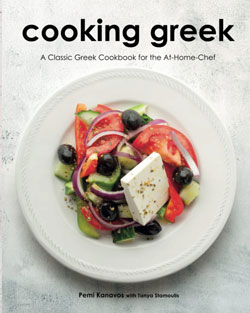nadellii
Active member
Thought I would put together some mezze for Thanksgiving! Of course, we will have turkey and all that. But, we tend to eat in phases and I thought Mezze would be fun to have laid out when people first arrive.
I thought I would serve something like:
I thought I would serve something like:
- An assortment of Greek cheeses if I can find them (feta, I will be able to find of course)
- Stuffed grape leaves - honestly I will probably buy them, but I have a place that does them homemade
- Tiropita, spanakopita,
- Greek meatballs
- Greek olives, of course


